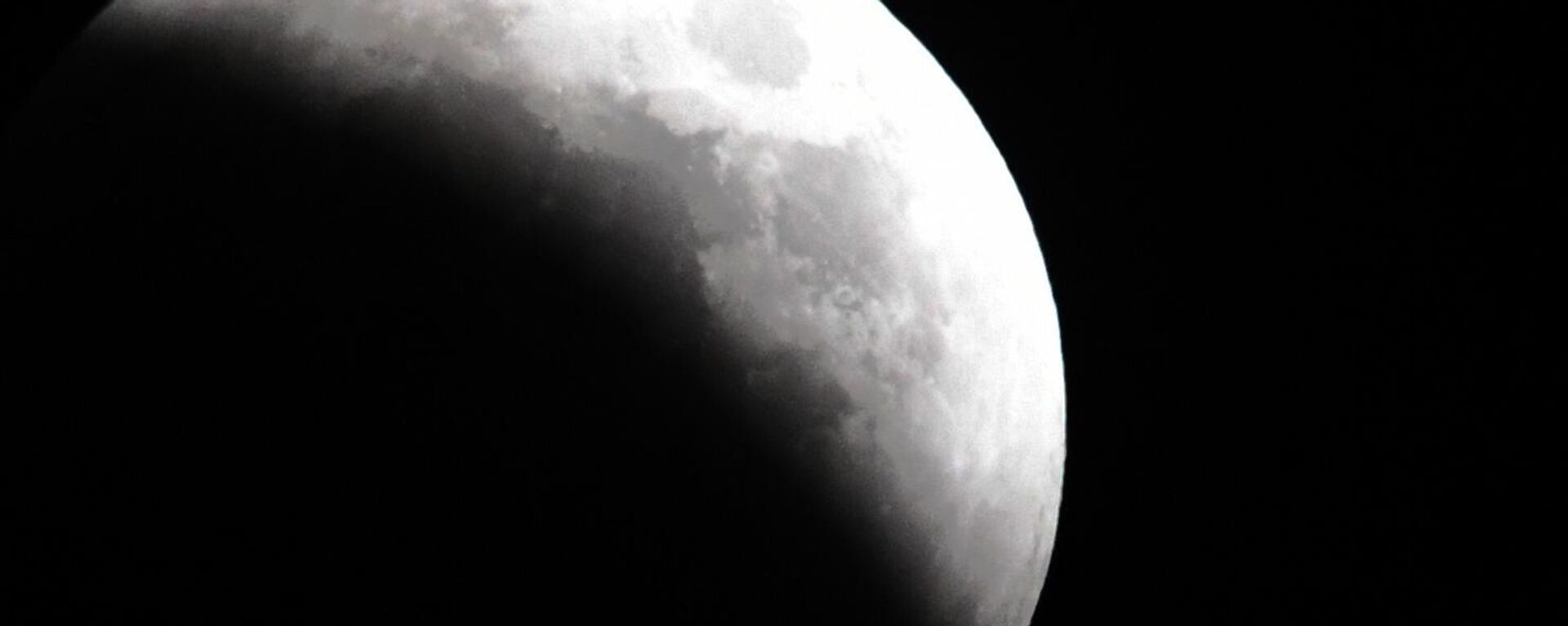https://sputnikglobe.com/20230701/head-of-us-space-command-comments-on-russia-china-hypersonic-weapons--1111597282.html
Head of US Space Command Comments on Russia, China Hypersonic Weapons
Head of US Space Command Comments on Russia, China Hypersonic Weapons
Sputnik International
General James Dickinson, head of the US Space Command, addressed the issue of hypersonic weapons from Russia and China in an interview with British media.
2023-07-01T09:15+0000
2023-07-01T09:15+0000
2023-07-01T09:15+0000
china
russia
us space command
pentagon
yutu-2
military
https://cdn1.img.sputnikglobe.com/img/07e6/02/07/1092823895_0:0:2843:1599_1920x0_80_0_0_810525b39933843a2e9f32624cdd3fc6.jpg
General James Dickinson, head of the US Space Command, addressed the issue of hypersonic weapons from Russia and China in an interview with British media. Dickinson reportedly said that the Pentagon remains confident in its capabilities amid concerns that the US is falling behind China in the space race. The head of Britain's Space Command, Air Commodore Paul Godfrey, for his part, told the media outlet that China could begin mining the moon and asteroids in the next few decades. He added that China and Russia are investing "billions" in space exploration and building space weapons.China's lunar probe program, named Chang'e after the heroine of ancient Chinese myths, consists of three stages: a flight around an artificial Earth satellite, a landing on the Moon, and a return from the Moon to Earth. The first lunar satellite, Chang'e-1, was launched in 2007 and was operating until 2009. The data it collected allowed Chinese scientists to create the first thermal map of the Moon.In 2019, China launched the next phase of its lunar program, the first-ever landing on the dark side of the Moon. The landing platform and Yutu-2 lunar rover have successfully operated in uncharted territory for several months, and continue to explore the Moon. Yutu-2 discovered two types of lunar mantle rocks on the Moon the existence of which scientists had doubted. On 24 November 2020, China launched the Chang'e-5 re-entry vehicle; on 1 December, it landed in a designated area on the visible side of the Moon; over the next two days, a drilling device and a manipulator with a bucket attached to the lander collected lunar soil, which was placed in a special compartment for take-off. The whole mission lasted 23 days. The Chang'e 5 spacecraft delivered 1,731 grams of lunar samples back to Earth. It was the first lunar soil probe in 44 years. China was the third country to carry out such a mission, after the United States and the Soviet Union.
https://sputnikglobe.com/20230418/artemis-ii-astronaut-russia-china-moon-cooperation-possible-but-will-take-leadership-1109639421.html
china
russia
Sputnik International
feedback@sputniknews.com
+74956456601
MIA „Rosiya Segodnya“
2023
Sputnik International
feedback@sputniknews.com
+74956456601
MIA „Rosiya Segodnya“
News
en_EN
Sputnik International
feedback@sputniknews.com
+74956456601
MIA „Rosiya Segodnya“
Sputnik International
feedback@sputniknews.com
+74956456601
MIA „Rosiya Segodnya“
us space command, russia and china, hypersonic weapons
us space command, russia and china, hypersonic weapons
Head of US Space Command Comments on Russia, China Hypersonic Weapons
Hypersonic weapons are advanced military technology that travel at extremely high speeds, reaching Mach 5 (five times the speed of sound) or more. Russia has deployed hypersonic missiles, including the Kinzhal hypersonic air-launched ballistic missile and the Zircon anti-ship hypersonic cruise missile.
General James Dickinson, head of the US Space Command, addressed the issue of
hypersonic weapons from Russia and China in an interview with British media.
"Obviously, we have seen demonstrations of hypersonic weapons by other countries, particularly China and Russia. We continue to explore this area in how we can minimize this type of threat," Dickinson said.
Dickinson reportedly said that the Pentagon remains confident in its capabilities amid concerns that the US is falling behind China in the space race.
The head of Britain's Space Command, Air Commodore Paul Godfrey, for his part, told the media outlet that China could begin mining the moon and asteroids in the next few decades.
"China has published a 'White paper' looking at the major minerals on the moon. They've already sent samples from the moon back to Earth. They just want to go further in that direction. Mining asteroids will be a reality in our lifetime," Godfrey said.
He added that China and Russia are investing "billions" in space exploration and building space weapons.
China's lunar probe program, named Chang'e after the heroine of ancient Chinese myths, consists of three stages: a flight around an artificial Earth satellite, a landing on the Moon, and a return from the Moon to Earth. The first lunar satellite, Chang'e-1, was launched in 2007 and was operating until 2009. The data it collected allowed Chinese scientists to create the first thermal map of the Moon.
In 2019, China launched the next phase of its lunar program, the first-ever landing on the dark side of the Moon. The landing platform and Yutu-2 lunar rover have successfully operated in uncharted territory for several months, and continue to explore the Moon. Yutu-2 discovered two types of lunar mantle rocks on the Moon the existence of which scientists had doubted.
On 24 November 2020, China launched the Chang'e-5 re-entry vehicle; on 1 December, it landed in a designated area on the visible side of the Moon; over the next two days, a drilling device and a manipulator with a bucket attached to the lander collected lunar soil, which was placed in a special compartment for take-off. The whole mission lasted 23 days. The Chang'e 5 spacecraft delivered 1,731 grams of lunar samples back to Earth. It was the first lunar soil probe in 44 years. China was the third country to carry out such a mission, after the United States and the Soviet Union.





